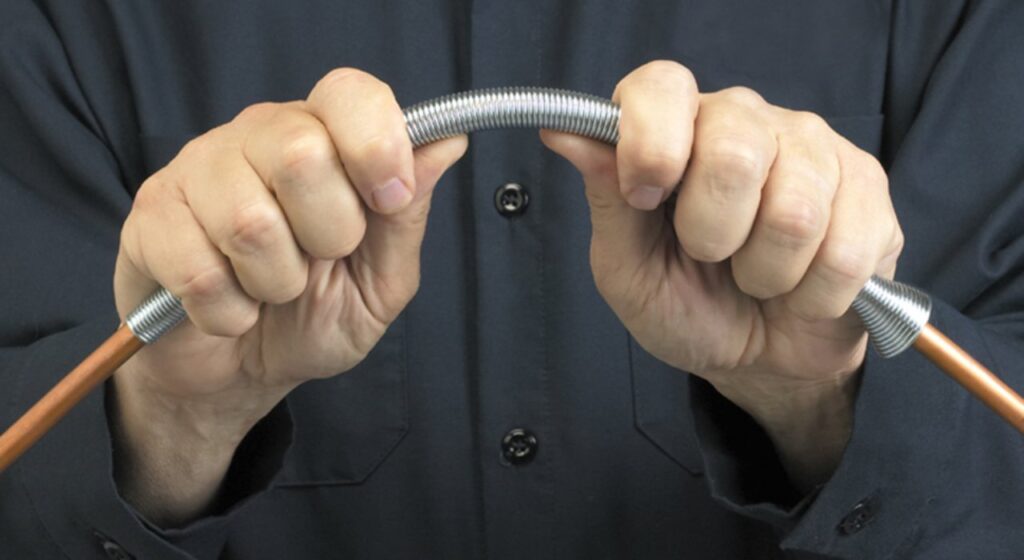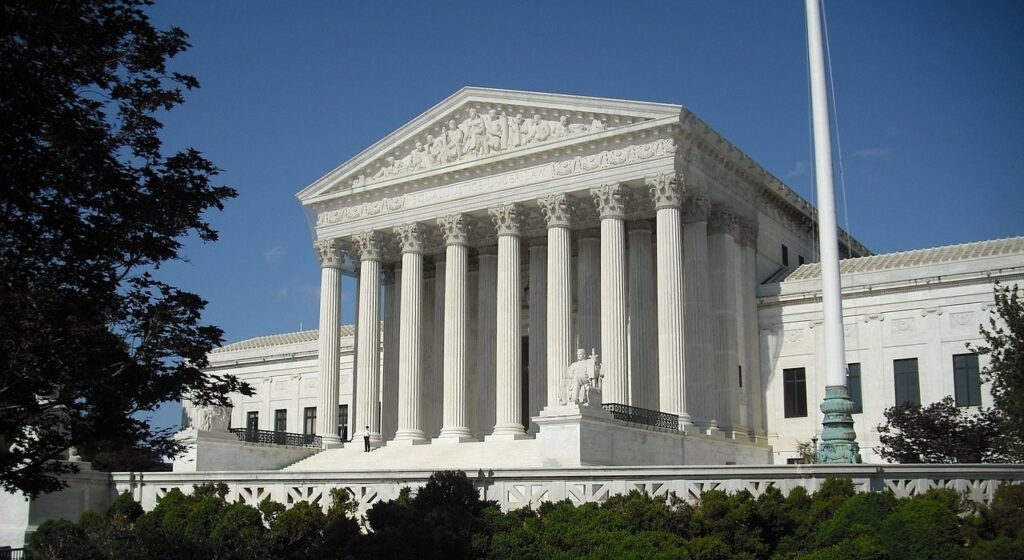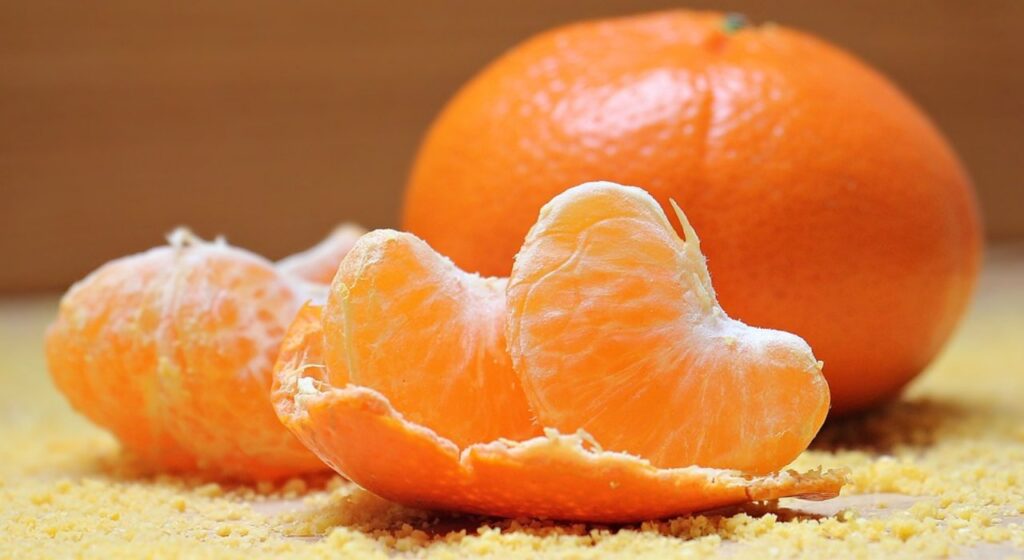April 4, 2024
Recently we reviewed the USPTO’s published Examiner guidance concerning “the flexible approach to determining obviousness that is required by KSR Int’l Co. v. Teleflex Inc. (KSR)” in which the
Read more
March 25, 2024
In Ex parte Perrot-Simonetta (Appeal 2023-000358), the Patent Trial and Appeal Board (“the Board”) reversed the Examiner’s obviousness rejection based on the principle of inherency. The
Read more
March 13, 2024
On February 27, 2024, the USPTO published “updated guidance to provide a review of the flexible approach to determining obviousness that is required by KSR Int’l
Read more
March 6, 2024
In May of 2023 the U.S. Supreme Court in Amgen v. Sanofi unanimously found that claims drawn to any antibody that could 1) bind to at least two
Read more
June 5, 2023
Recently, the U.S. Supreme Court in Amgen Inc. v. Sanofi, 598 U.S. ___ (May 18, 2023) spoke with one voice in finding claims drawn to any
Read more
March 17, 2023
Two recent cases – one at the PTAB and one at the Federal Circuit – illustrate key considerations in determining whether a nature-based product is patent
Read more
March 3, 2023
The USPTO is currently operating an interim process for Director review in response to the Supreme Court’s decision in United States v. Arthrex, Inc., 141 S.
Read more
February 16, 2023
In the 1960s the Federal Circuit’s predecessor court, the Court of Customs and Patent Appeals (CCPA), established a “flavor” of anticipation that did not require an
Read more
February 3, 2023
Ex parte Fox is a recent decision of the Patent Trial and Appeal Board (PTAB) addressing the interpretation of a Markush group in a claim rejected
Read more
January 20, 2023
U.S. examiners often combine two or more references in making an obviousness rejection. Sometimes, a possible argument against obviousness is that there would not have been
Read more










